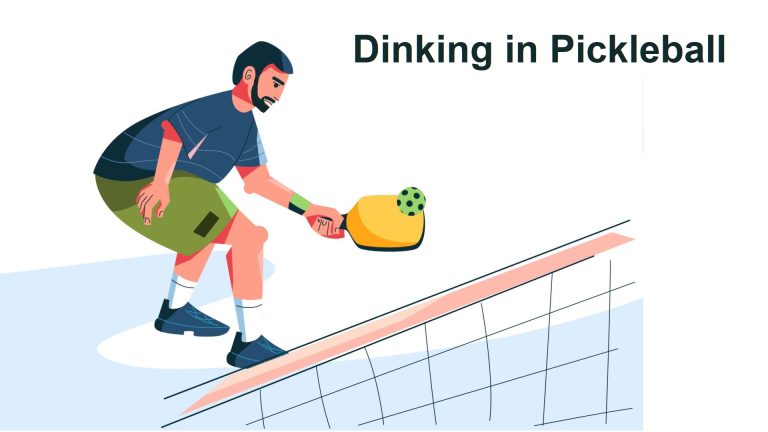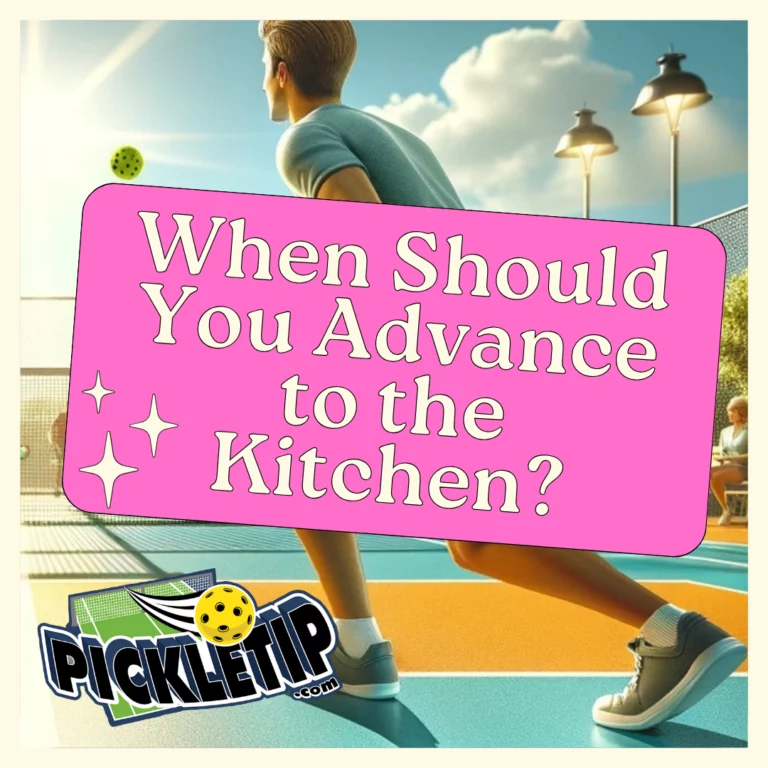Pickleball Strategy: Enhance Your Game
Revamp Your Pickleball Strategy with Data-Driven Training
As a pickleball enthusiast aiming to boost your game, it’s time to incorporate data-driven training into your routine. By examining your game statistics, you can identify areas that need improvement and adjust your training to enhance your performance. Your pickleball strategy may never be the same.
Decoding the Initial Shots in a Pickleball Game
Interestingly, pickleball doesn’t have the extensive performance statistics that other sports boast. In professional tennis, every shot and its outcome are tracked. This data is vital as it facilitates the creation of intelligent, data-driven training programs. As Peter Drucker, the renowned management consultant, stated, “You can’t manage what you can’t measure, and what gets measured gets improved.” It all begins with data gathering.
Analyzing the First Few Shots of a Pickleball Game
Let’s dive into the initial shots of a pickleball game. Based on my study of numerous pickleball tournaments, here’s what the data suggests:
In tournaments involving the top 500 rated players, the service fault rate is about 0.68%, which translates to about one fault out of every 150 serves. The return of serve fault rate is about 1.24%, which translates to about one fault out of every 80 return of serves. As we move to the 4.5 skill level, both numbers approximately double. At the 4.0 skill level, both numbers approximately double again. According to this data, players who consider themselves to be at the 4.0 skill level should have, on average, less than one service fault per game and less than one return of serve fault per game.
Understanding Rally Losses Due to Inadequate Third Shots
Now let’s examine rally losses that result from inadequate third shots. This is a measure of rallies where a poor third shot is the primary cause of the loss of the rally. This includes third shots that go into the net or out of bounds, third shots that are high and are smashed, and high third shots that cause the serving team to fault before they can get fully forward.
At the 5.0 skill level, about 17% of rallies will be lost due to issues with the third shot. This jumps to 27% for players at the 4.5 skill level. Below the 4.5 skill level, the figure essentially flattens. This is because players at lower skill levels may be positioned away from the non-volley zone line or have trouble capitalizing on poor third shots. Or worse, they fault when they shouldn’t.
Pickleball Strategy: Enhancing Your Numbers
Now that we have the data, let’s discuss how to enhance your numbers. Instead of just practicing what you were doing, you probably need to improve your technique for the serve, the return of serve, and the third shot drop.
Mastering the Serve Technique
You should minimize wrist action and swing path curvature, especially in the ball striking zone. All of these curving swing styles yield inconsistency. Instead, aim to create a linear paddle path, especially in the ball contact zone, to reduce directional error. Your paddle needs to move in a linear fashion through the strike zone. Most shots in pickleball are best executed with rather compact and rather linear strokes. The pointer on your paddle should point in the direction of your intended target as you contact the ball. Additionally, ensure to follow through towards your target after making contact with the ball. This will help you generate more power and accuracy.
The Toss
Another crucial aspect of the serve technique is the toss. The toss should be consistent and reliable, as it sets up the rest of your serve. Ensure to toss the ball to a comfortable height and location, and avoid tossing it too far forward or backward. A good toss should be high enough to allow you to make contact with the ball at the highest point of your reach, and also allow you to maintain a balanced stance throughout the serve.
Core and Balance
Lastly, it’s important to use your legs and core muscles to generate power and momentum during the serve. As you initiate your service motion, bend your knees slightly and transfer your weight onto your back foot. As you swing your paddle forward, transfer your weight onto your front foot, and rotate your hips and torso towards your target. This will help you generate more power and spin on the ball.
Pickleball Strategy
Overall, mastering the serve technique in pickleball takes time and practice. Start by focusing on the basics, such as grip, stance, and swing path, and then work on developing consistency and accuracy through repetition and feedback. By developing a reliable serve, you’ll be able to gain an advantage over your opponents and take control of the game.








One Comment